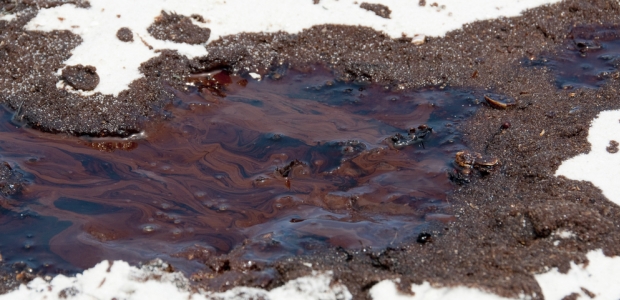
Second Phase of BP Oil Spill Trial Begins
The question before U.S. District Judges Carl J. Barbier is to determine how much oil spilled during the 87 days that elapsed until the well was shut in.
Phase two of the Deepwater Horizon Multi-District Litigation trial began Oct. 7 in New Orleans, as the high-profile trial to determine what company is liable for the explosion and oil spill continues before U.S. District Judge Carl J. Barbier. The trial has huge implications for BP and other companies involved in drilling the Macondo well, but the key question is how much oil spilled from the seabed into the Gulf of Mexico after the drilling rig explosion.
A March 2011 Interior Department report said three teams from U.S. Department of Energy labs used pressure measurements recorded as a valve closed to shut off the spill in July 2010 estimated 53,000 barrels per day were escaping from the well just prior to the closing, and they assigned an uncertainty to that value of ±10 percent. They concluded the spill, which lasted a total of 87 days, amounted to 4.9 million barrels of oil, before accounting for containment.
The Justice Department is arguing in this phase that 4.2 million barrels was spilled, but BP argues it was 2.45 million. If Barbier finds BP was negligent, he could fine the company anywhere from $2.7 billion to $18 billion because there is a per-barrel system of pollution penalties in federal law.
The New Orleans Times-Picayune reported Steve O'Rourke, a lawyer for the federal government, said his witnesses will refute BP’s efforts to suggest the government’s spill estimates were politically driven.
Key documents, including exhibits and transcripts of testimony in the trial, are available at this website.